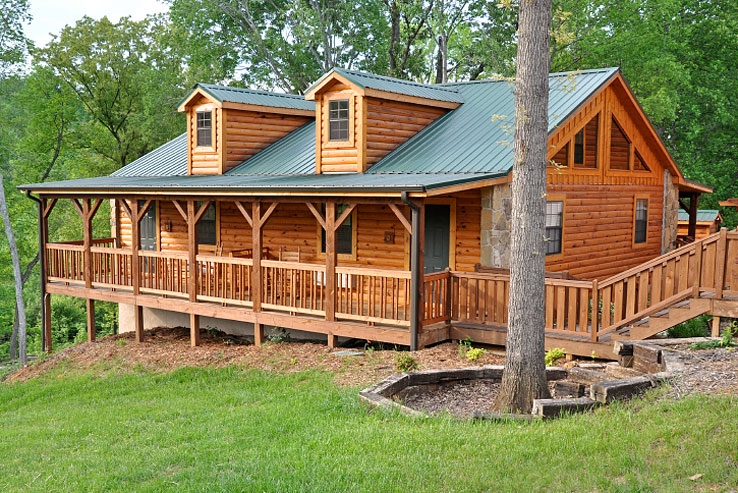
Making a log cabin in the woods generally involves the use of lumber that is sourced from the local area. Consequently, the structural framework of the cabin will be determined by the types of trees that are available. It’s important to think about how the wood you use can impact everything from strength to insulation and the prevalence of mold or insect problems.
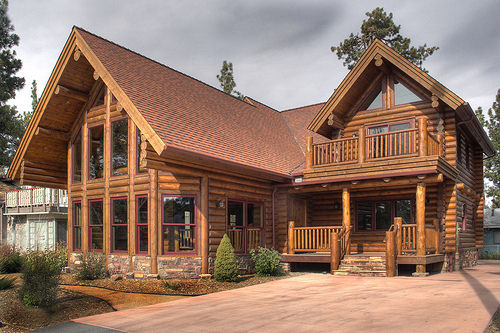
Thermal Qualities
The wood from trees that are common in forests throughout the country varies in terms of their thermal properties. This means that certain trees are better insulators than others, and soft woods are the best. Most homes have thermal insulating properties of at least R-13 per inch. This is derived from a scale that evaluates and standardizes the thermal properties of many different types of insulation. On the other hand, most wood ranges from about R-0.6 to 3.
Soft woods that make good insulators include Douglas fir, pine, juniper, spruce and redwoods. Common hardwood trees are the maple, Hickory, balsa, oak and walnut. Most lumber for building comes from soft woods. Hard woods are generally used to make flooring and high-end customized furniture. However, they can be used for structural support as well.
Aside from density, thermal properties of wood increase with the thickness of the logs of planks. Therefore, you can double or even triple the quality of wood insulation simply by using thicker pieces or adding material to the inner walls. So, it’s better to use a four inch thick piece of soft wood instead of a log that is only two inches.
Taller Trees Are Easier
Try to use from tall trees whenever possible. Their cores tend to be thicker and more developed and drier. This gives you the option to trim the edges until you get to the core section and use that first without having to wait so long for it to dry. Choose trees that have few branches, which will produce fewer knots that are at least a foot in diameter.
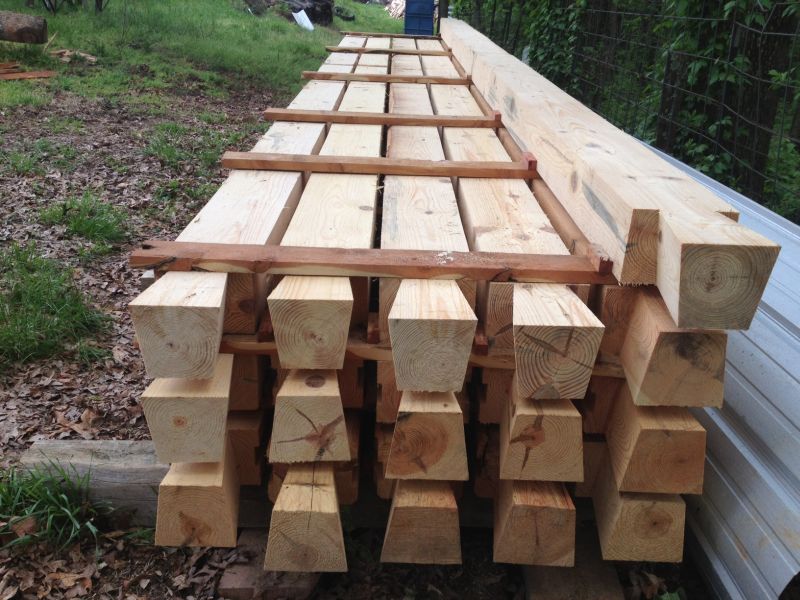
Building Huts for Survival
Properly Dry Wood
Moisture in wood can cause it to shrink, buckle, deform and promote mold and insect infestation. A general rule to follow is that cut logs need at least six months to dry per inch of thickness. The best woods to use are cedar, spruce, pine or fir. Wood should be cut and then stack pieces together according to size and length. Place little wedges using small planks of wood between each layer to promote the drying process.
Apply special sealant at the exposed ends of each log to ensure that moisture escapes through the length of the cut wood as opposed to the ends alone. Leaving the ends exposed can significantly increase the chances of warping or damage. There are plenty of commercial sealants available on the market, but you can also make your own out of pine resin.
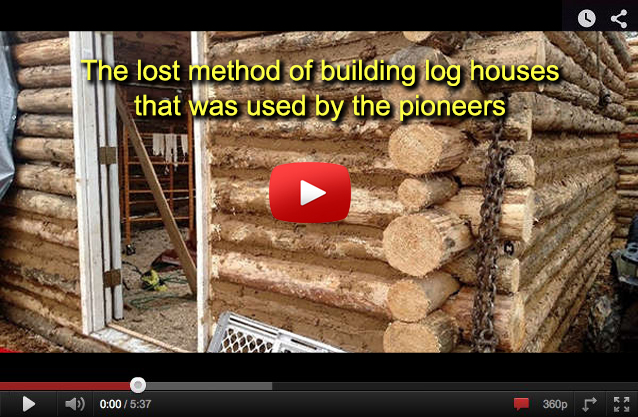 Watch this video to see the lost method of building log houses that was used by the pioneers!
Watch this video to see the lost method of building log houses that was used by the pioneers!
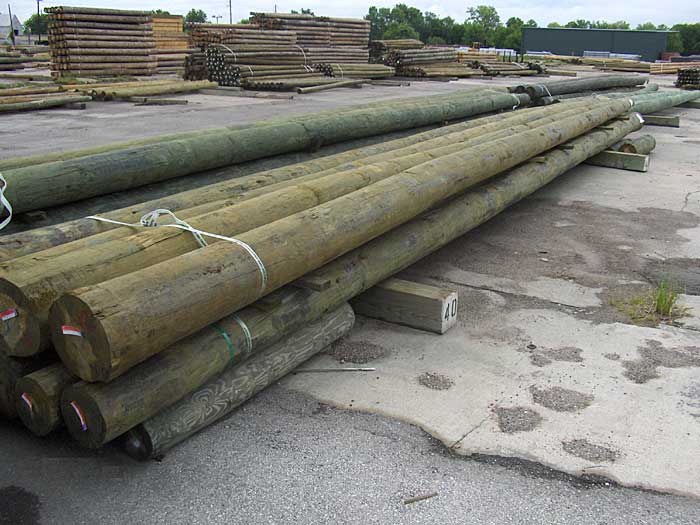
Pre-Treated Wood
Finding dried and prepared lumber will greatly enhance the quality of the finished product. This kind of lumber is treated substances to enhance water-resistance along with insecticides and mold inhibitors. It’s more expensive, but definitely worth it if you are building a sound and long-lasting home in the woods instead of a makeshift shelter.
Breaking the Rules
You can quickly build your own log cabin with fresh-cut lumber in an emergency. Just remember that the walls will warp and the structure will start to droop and deform within a few months. You will need to continually maintain the log cabin to ensure that it remains sealed. Chances of dealing with insect problems and mold also increase when working with wet woods. However, there are also insecticides that you can apply in order deal with infestations You can also slowly dry wood with heat if you are able to move the heater or stove around inside.
Also read: Invisible Sustainability meets the Disappear Retreat
While nothing can replace the long-term stability of wood that has been properly cured, building a log cabin out of fresh lumber is entirely possible when necessary. However, focus on using softer woods that are nearby because they are easier to work with and have greater insulating capabilities (via 101waystosurvive.com).

Self-sufficiency and Preparedness solutions recommended for you:
BulletProof Home (A Prepper’s Guide in Safeguarding a Home)
Food for Freedom (If I want my family to survive, I need my own food reserve)
Alive After the Fall (Build yourself the only unlimited water source you’ll ever need)
